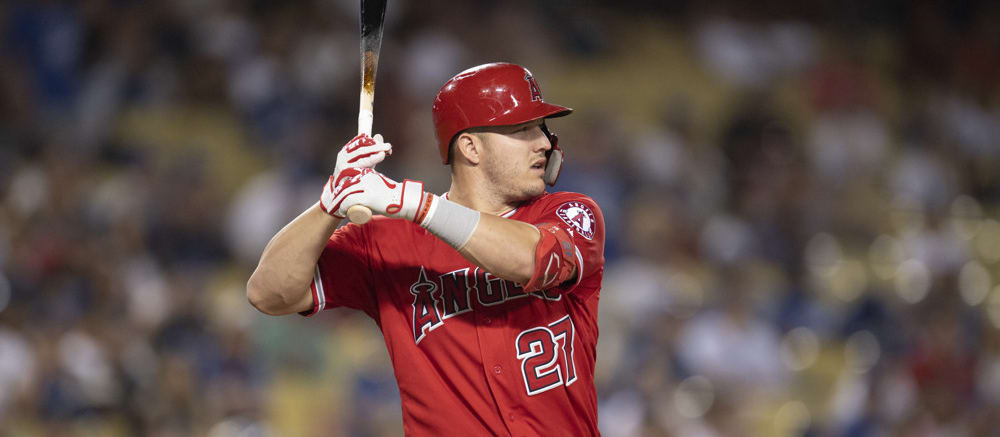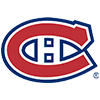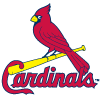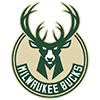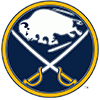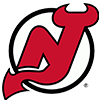I've long had conversations with Jeff Erickson and Scott Pianowski about what constitutes a successful draft pick. If you take Jacob deGrom at 1.1, and he turns in an SP5 season is that a bust because he didn't live up to his draft slot? That would mean with rare exceptions every first overall draft pick was a bust. So it's obvious living up to one's exact slot is not the right criterion for assessing the quality of the pick.
Another way to calculate it would be to determine what the average finish is for the No. 1 overall pitcher (or hitter) and see if you beat it. I'm not sure beating the average is necessarily good enough -- after all, to win a league, your picks need to be better than average -- but it's a better barometer than matching their exact ADP. Bottom line, if you were to draft deGrom first, you'd want him to be no worse than SP10 and maybe a little better. (Also, pure ranks aren't as important as dollars-earned as SPs 5-10 could be within a fraction of a dollar of one another.) So we can quibble over where to draw the line, but it's clear you need to recoup most, but not all, of deGrom's draft-day cost for him to be a good pick at 1.1.
When you zoom out and look at the bigger picture, every player in the top 100 picks is an underdog to beat his ADP. That's because we know the top-100 players by ADP will not finish as the top-100 players at season's end. (Well, they could, just not in the lifetime of the universe.) There will always be players from outside the top-100 who finish inside it, always players from outside the top-50 who finish inside it, top-20, top-10, etc. So in the aggregate, the top 100 will fail on average to live up to ADP. The base rate for any highly-ranked player, therefore, is underperformance.
Of course, you hope that won't be the case, and you draft your top players imagining how they can be profitable, but a straight par is a win for your early-round picks, and an outright profit should be considered an unexpected bonus.
But if everyone starts their auctions with a $260 budget -- or one pick in each round of a draft -- you obviously need to earn more than that to win the league, so pars or near-pars from your top players are not going to be enough. You need to post profits somewhere.
Those profits will largely come from the middle and late rounds of your draft. How so, you might ask, when, just like the top-50, the top-200 or even 300 players by ADP surely are underdogs to finish top-200 or 300 at the end of the year? Because in this case the aggregate (or average finish) by the top-300 is swamped by extreme variance. In other words, while the top-20 ADP players will on average fail to constitute the top-20 year-end earners, most will be in the top-100, and a few will even move up. But their overall volatility will not be as high as the players at the end of the draft, almost all of whom will be useless (and subsequently dropped), but a few of whom could be massive difference-makers and league winners.
And while your first pick is an unqualified success if he finishes fifth, or your $45 auction buy is a win if he earns $40, your 28th-round pick is a failure even if he earns 25th-round value. That's because 25th-round value is not even above replacement in a league with 23-man rosters, and you're better off dropping him and working through the options on the waiver wire. The dynamic is totally reversed as late picks must be significantly profitable to be worth anything, while early picks merely need not lose it for you.
This becomes obvious when we look at the projections for early and late round picks and how they relate to the context of the game itself. Every hitter in the top-20 is projected for 500-plus at-bats, and most more than 600. No matter how good a player is, and how little he walks, he will not get more than 750 at-bats (Jimmy Rollins holds the single-season record at 716, and only four players in MLB history have eclipsed 700.) So the room for playing time growth (the easiest avenue to profit) is scant. But for players projected for 400 or fewer at-bats, there's massive profit potential even if they don't improve their per-at-bat performance.
Of course, the top players are also projected to have the best per-at-bat productivity. That doesn't mean they won't improve, but just like at-bats there are limits to how productive a human being can be on a per-at-bat basis. If Mike Trout hits 55 home runs, that's great but he's already projected to hit in the mid-40s. There's just not that much room for him to deliver a profit. But when Jose Bautista, who was virtually free, hit 54 home runs in 2010, that was a league winner. The range for home runs for human beings playing baseball is roughly zero to 75, whether that human being is Trout or an unknown scrub. The lower in that range a person is projected (and therefore priced) the more profit potential he obviously has.
What's the takeaway from this? In your next auction should you target only cheap players you believe are bargains and pass on all the big stars? Let's say you're a genius, and you're able to identify 23 $5 players who on average earn $10. You buy all of them, while rubes like me spend $45 on Trout who only earns $40. Congratulations, you've spent only $115, left $145 on the table, earned $230 (a massive $115 of which was profit.) Meanwhile, my five stars lost me $5 each, and I've got $235, even if I only broke even on my cheaper players. As you can see, the optimal roster is not the one that generates the biggest profit. You must generate the biggest profit while spending your entire $260 budget.
The problem is that spending all your money directly undermines your ability to generate the biggest profits. Some real-life baseball teams have discovered that and opt for the bargain strategy, usually with predictable results. Other teams chase every high-priced free agent and also do poorly. The best teams spend big -- overpay even -- at the the top and still develop young players on the cheap. You have to do both -- get your stats from players for whom you likely overpaid to make sure your entire budget gets put to use, but also shop in the area where big profits are more likely.
One final thought I haven't seen discussed in too many places is that at the back of your roster, it's actually impossible to lose money. That's because if your cheap player gets demoted or injured, you will drop him for another and another until a suitable -- and presumably profitable -- replacement is found. That means that as you get deeper into drafts, downside doesn't matter at all. If you look at projections, there are all mean (50th percentile) outcomes for player seasons.
In other words, that average includes all the possible great seasons he might have and all the possible terrible ones. But terrible seasons for lowly players don't accrue to your actual roster because you cut them immediately. So the entire bottom half -- even bottom 75th-percentile of a long shot player -- essentially does not exist. Accordingly, when pricing players beyond a certain round, you should only look at his 75th-100th percentile outcomes. And projection systems -- which give him only a 50th percentile number -- actually become the enemy of sound drafting.
In fact, I'd argue that once you get out of the first few rounds, the mean projections for a player already start to leak value. In Round 5, for example, perhaps the 55th percentile numbers are ideal, in Round 8, perhaps the 60th, etc. Your approach should gradually move from value preservation early to profit maximization every round, and possibly more heavily than even these examples suggest, given the asymmetric nature of most league payouts, i.e., only the top few spots pay, while 4th-12th are all equal.


